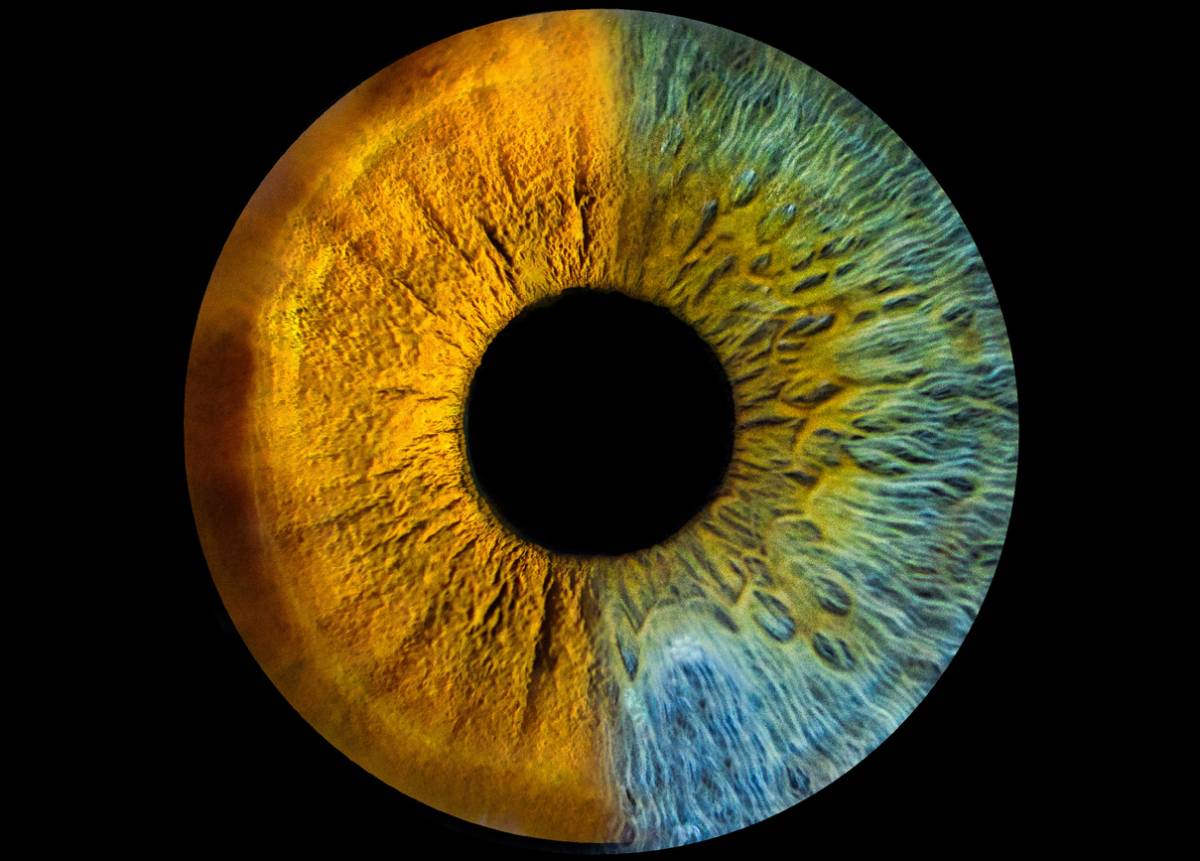The iris is the colored portion of the eye, and its color should stay consistent once you’re about three years old. You may notice the illusion of changing colors based on your environment and what you’re wearing. In truth, that’s actually a product of perception rather than a physical change. With that said, some conditions and medications can cause a permanent eye color change in adulthood. So, can eye color permanently change and how?
Can Eye Color Permanently Change?
There are a number of conditions that can cause your eyes to look different. They may affect the size of the pupil, introduce blood into the eye, or create a ring around the cornea. For the most part, these do not actually change the color of the iris. However, there are a few that do.
- Fuchs heterochromic iridocyclitis is caused by inflammation in the front-facing regions of the eye. The condition isn’t fully understood, but the symptoms and results are well-documented. In some cases, patients with Fuchs heterochromic iridocyclitis will lose pigment in the iris of the affected eye. This may cause someone who naturally has brown eyes to present with one eye that appears blue. Unfortunately, this condition has been associated with cataracts and glaucoma.
- Pigment dispersion syndrome is most common in younger men with a history of near-sightedness. With this condition, pigment cells actually detach from the back of the iris. This can cause the visible eye color to lighten with the change appearing uneven in some cases. The condition is often associated with glaucoma, and it will likely require treatment to preserve the patient’s sight.
- Aging may also affect the way your eyes appear. You should not notice a drastic change in your eye color, but you may notice some fading. This tends to be more noticeable in people with blue or green eyes but can affect darker irises to a certain degree. While this fading is often considered natural, older patients should watch out for signs of cataracts in light-colored eyes where they may be more difficult to see in the early stages.
Although these are not the only conditions that may cause a notable change in eye color, they are the most common. Some very rare conditions may cause similar changes. As a rule of thumb, always consult your ophthalmologist if you have concerns. This includes if you notice vision changes or if there’s a shift in the appearance of your eyes. Clouding, a strange ring around the cornea, new spots on your iris, or a general shift in eye color can all indicate medical conditions that require treatment.
Medications that Cause Color Changes
When it comes to medications that permanently change eye color, prostaglandins are the primary culprit. The medications used to treat Glaucoma and the eyelash lengthening product Latisse both contain prostaglandins. Darkening of the iris is a well-known side effect for both products, so that is something to keep in mind, especially if you’re considering using something like Latisse for cosmetic reasons.
LASIK and the Iris
The good news is that there’s no evidence that getting Lasik in Mission Viejo will affect your eye color. You will likely notice some redness in the whites of your eyes immediately after surgery, but this side effect is temporary. Patients can expect their eyes to appear normal within just a few days. With that said, this is an excellent example of a common LASIK myth.
If you have any other questions about common LASIK myths or what the procedure means for your eyes, feel free to talk to your Orange County laser eye surgeon. During a consultation, your eye surgeon can discuss the evidence-based information about LASIK to help you better understand the risks, benefits, and commitments that are all part of a successful procedure.

